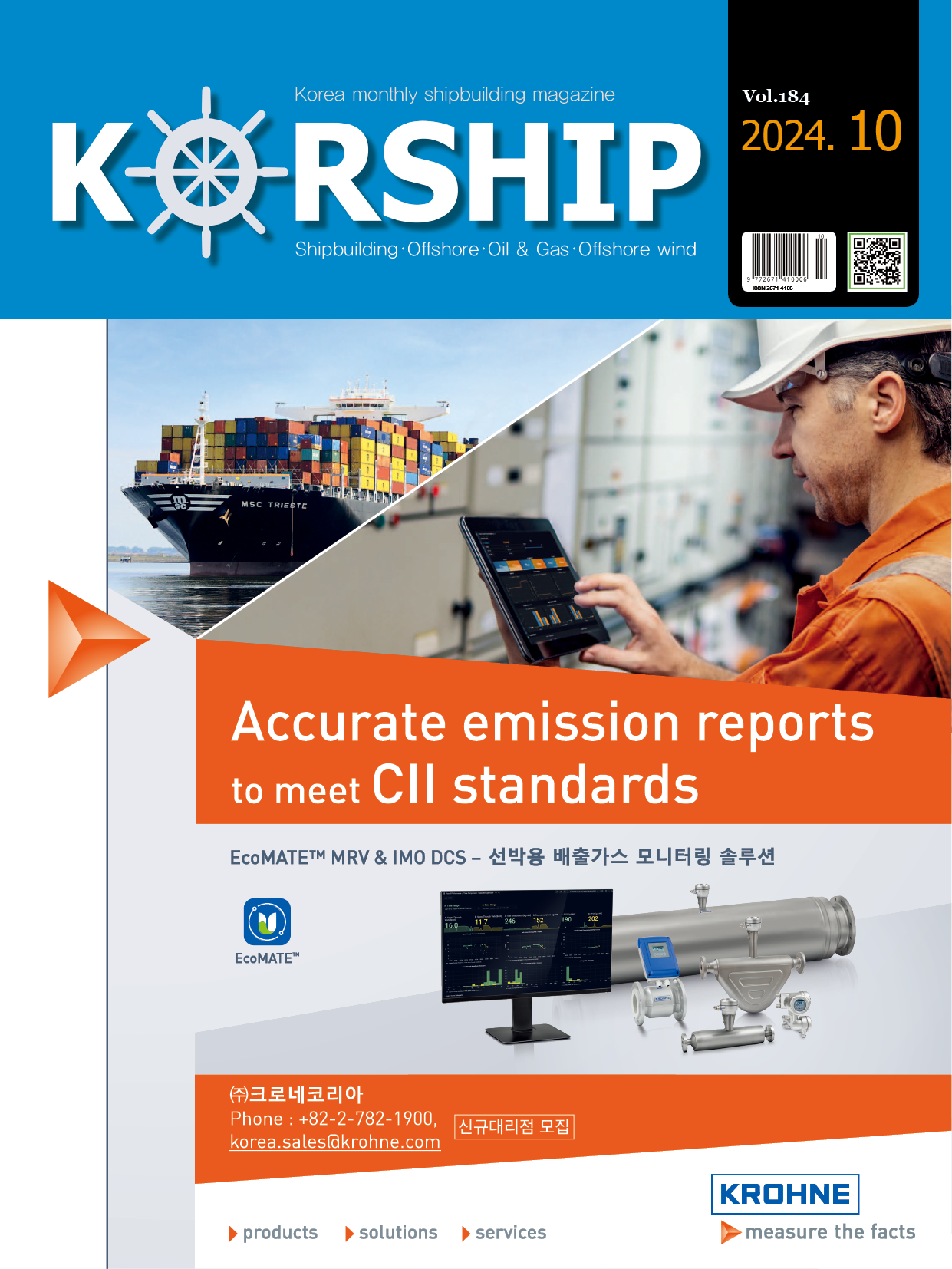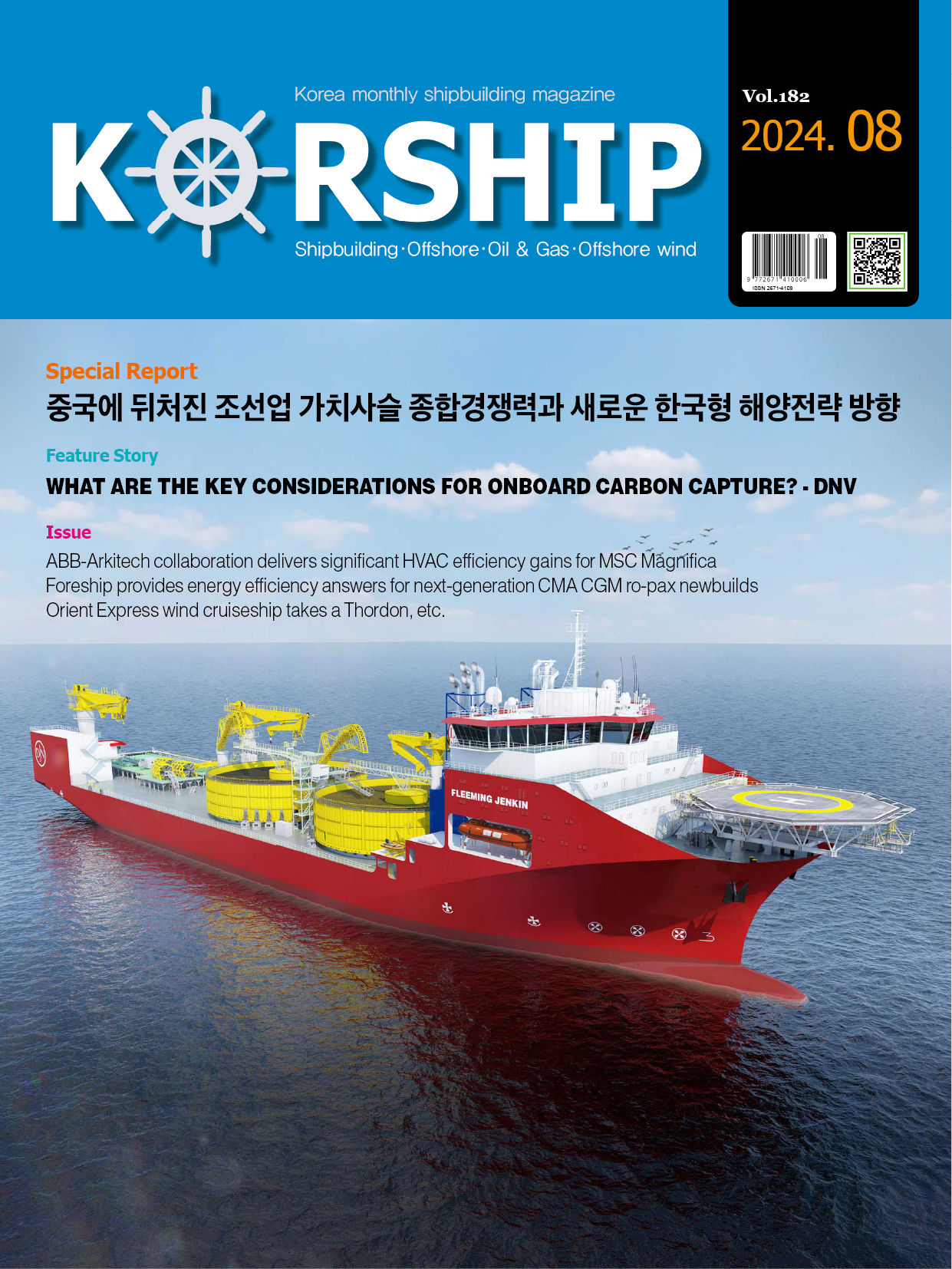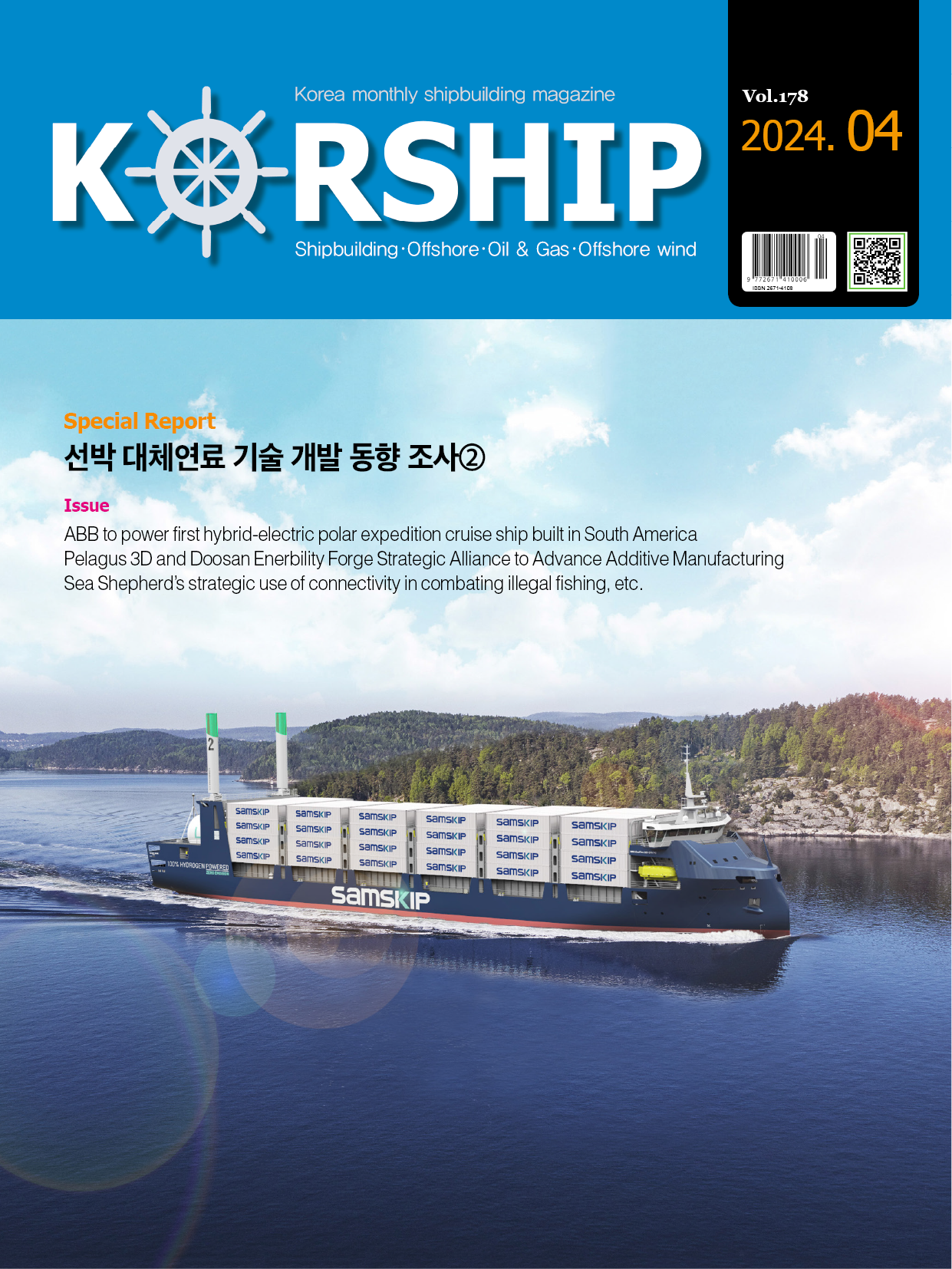Feature Story 5 REASONS WHY WE ARE EXCITED ABOUT ETHERNET-APL
페이지 정보
작성자 최고관리자 댓글 0건 조회 985회 작성일 24-07-16 14:56본문
Ethernet-APL will become the new standard for 2-wire Ethernet. It is specifically optimised for the process industry and enables digital structures to be established. But there are other reasons why we're excited about Ethernet-APL.
1. BECAUSE WE'VE BEEN WORKING ON DEVELOPING ETHERNET-APL FOR YEARS NOW
Back in 1987, we were one of the first companies to be interested in bringing digital communication to process systems. At the time, our "ICS MUX Fieldbus system" was already based on a serial communication bus. But it was ahead of its time and it wasn't until the 2000s when its successor, the IS1+ Remote I/O system, became a global success. But the field device level remains analogue with remote I/O – along with all the limitations this entail. The new fieldbuses launched at the time promised to bring many improvements, but failed to keep most of these promises.
In 2012, initial talks and discussions about a new digital communication system for process automation began. A lot has happened over the years: Ideas were discussed, concepts were developed and then redeveloped, and some "political" discussions took place. Finally, the NAMUR Symposium 2016 gave the go-ahead for the APL project, and the statement made by Michael Pelz(currently deputy chairman of NAMUR) was almost like a prophecy: "Close cooperation between manufacturer and user organisations beginning at the early phase of a new technology unleashes great synergy potential. This provides the best opportunity for introducing a new technology, both cost-effectively in production by the supplier and efficiently at the plants of the user."
In August 2022, the APL project was officially concluded and technical organisations were officially made responsible for the maintenance and further development of this technology. Most manufacturers are working on Ethernet-APL products at the moment, which means that a number of product launches are expected over the course of 2024. When it comes to users, there are plans for test systems and initial installations to put the new technology through its paces. So the question is no longer whether Ethernet-APL will gain traction in the process industry, but rather when.
2. BECAUSE ETHERNET-APL IS A TRUE JOINT DEVELOPMENT
Rarely has a technical development been met with as much enthusiasm and engagement as Ethernet-APL – at least not in process automation. The project pulled off the feat of bringing together most control system, field device and infrastructure manufacturers and forming a team together with the FieldComm Group, ODVA, OPC Foundation and PROFIBUS+PROFINET International standardisation organisations. And the result is proof of how successful this approach was: Even after the APL project was officially concluded, collaboration is continuing. The companies share prototypes with each other to test the development results and in particular the interoperability early on(this was a lesson learned from the past, when incompatibility wasn't discovered until commissioning at customer premises).
Another factor contributing to the success of the joint project also became apparent: End users got involved in the project at an early stage and established test systems. In particular, BASF in Ludwigshafen put in a lot of effort early on which ended up paying off for all manufacturers and users. This way, compatibility issues were discovered at an early stage and it was possible to run tests in a wide range of different system configurations. Other users now have additional test systems or are in the process of developing these. This will definitely be a huge benefit for device development.
And finally, a NAMUR Task Force is working together with the ZVEI and its member companies on promoting Ethernet-APL – a kind of joint marketing campaign involving users and manufacturers. This is another first.
3. BECAUSE ETHERNET-APL SIMPLY WORKS!
Ethernet-APL works and is simple to use. This can't be taken for granted with new technologies. The functionality of APL devices is usually verified by a qualified impartial body using an Ethernet-APL Conformance Test. There are also additional tests and certification processes for each fieldbus protocol that is supported. These tests are carried out and certified by the relevant fieldbus organisations. Most manufacturers have by now likely learned one thing from the development of Ethernet-APL and testing their prototypes: Ethernet-APL is a well-specified interface which works stably and reliably.
One of the main requirements expressed by users was and still is ease of use. Why is this? Reasons include use in regions with a low level of training, staff shortages, time pressure, etc. This is why simplicity was a major priority when developing Ethernet-APL. The 2-wire solution prevents connection errors, a point-to-point topology eliminates complex interactions between devices, and the new 2-WISE intrinsic safety concept (2-Wire Intrinsically Safe Ethernet) significantly reduces the worked involved in verifying intrinsic safety loops.
Particularly in hazardous areas, intrinsic safety boasts significant advantages over other types of protection, as this allows modifications to the installation, extensions or maintenance and service work to be carried out in a similar way to non-hazardous areas. Unfortunately, the downside of this is more work when planning and in particular the requirement to verify intrinsically safe loops, which is a time-consuming and complex process. This is why many users have been going without the benefits of intrinsic safety until now. With the 2-WISE concept from IEC TS 60079-47, the verification requirements are reduced to checking the 2-WISE marking on the APL devices and field switches being used and the correct cables and cable lengths according to Ethernet-APL specifications. These checks must be documented accordingly in the explosion protection document. You'll hardly find anything simpler these days.
4. BECAUSE ETHERNET-APL IS AN ENABLER OF DIGITALISATION
Digitalisation is currently the main topic in process automation. Rarely have so many new concepts and solutions been available for optimising systems and elevating them to a whole new level: Whether it's modular automation with MTP, extended system structures for optimising processes like the NAMUR Open Architecture(NOA) or new, open system structures with OPAF or UniversalAutomation.org, to name but a few. It's almost impossible to predict which concepts and technologies will gain traction in practice. However, there is no doubt that Ethernet is an absolutely essential basis and Ethernet-APL is available as the ideal solution for this in process automation. Or, in other words, if it's not Ethernet-APL, then what's the plan B for digitalisation?
Ethernet-APL achieves higher transfer rates – far more than could previously be achieved with HART or conventional 2-wire fieldbuses. This dramatically speeds up system configuration and commissioning. But this is actually just a side-effect. For the first time, Ethernet-APL makes a continuous connection possible from the field level to the cloud and beyond. IP communication – both vertical and horizontal – allows data to be accessed throughout the whole system. And thanks to the higher bandwidth, a vast amount of other information is available besides the process data. The vision that Bill Gates(former CEO of Microsoft) had will become a reality in process systems too: "Information at your fingertips" – even though he had something different in mind.
5. BECAUSE ETHERNET-APL IS THE BASIS FOR NEW IDEAS
Ethernet-APL will result in new products and applications being developed that were difficult or even impossible to achieve with existing possibilities. This is because the technology allows manufacturers and users to think differently, in ways that were often impossible from the outset with 4 to 20 mA. Or like Henry Ford once said regarding the technical advance from horse to car: "If I would have asked people what they wanted, they would have said faster horses."
Continuous IP communication makes remote access possible down to the field devices around the world from any location. This means that it's not absolutely essential to always have a specialist on-site for trouble-shooting, configuration changes or firmware updates. A lot can be done centrally. Of course, this also brings with it new requirements such as security aspects.
Safety applications can be planned far more effectively with Ethernet-APL. Suitable APL field devices can generally be used in safe and standard applications, provided that the corresponding protocol stacks are in place. The infrastructure with Ethernet cables and field switches stays the same.
Operating instructions, service instructions and device drivers, for example, can be stored directly in the new field devices so that they can be accessed via the performant Ethernet network if required. For you, this means you no longer have to spend time looking for compatible drivers on manufacturers' websites. The right instructions for the right device are available at all times.
It's safe to say that many other ideas will be developed, as Ethernet-APL has reignited the competition to come up with the best innovations.
■ Contact: R. STAHL www.r-stahl.com












